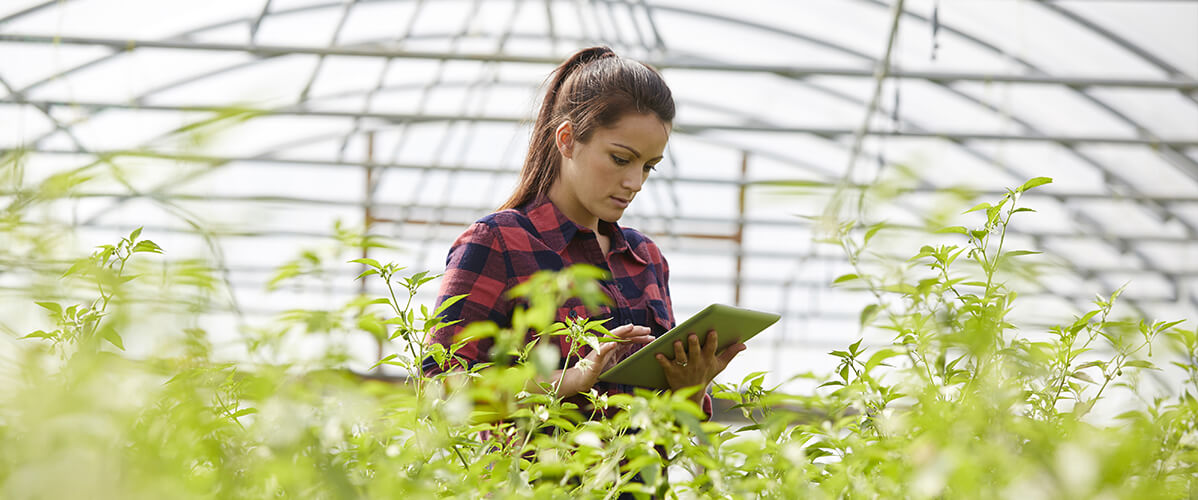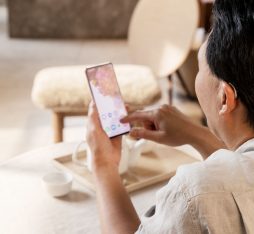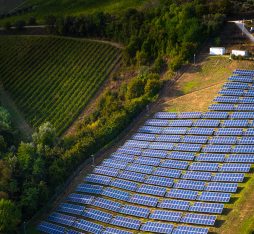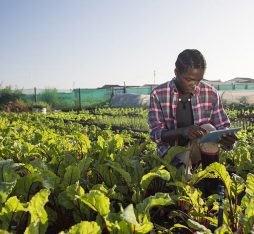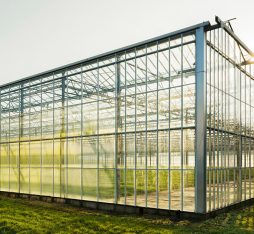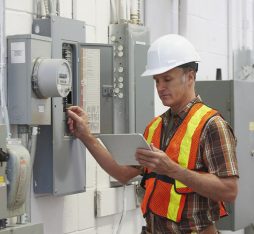IoT allows us to offer a solution to the cross-productions for new agricultural jobs.
This is one of the most worrying concerns faced today: meeting the food needs of a global population that is expected to reach nearly 10 billion people in 30 years’ time, warns the UN. With the pollution and intensive harvesting of the seas, fishing is no longer able to satisfy demand in terms of quality or quantity. Faced with this stark observation, the AMP group (Aquaponic Management Project), an aquaculture expert, is looking to offer a smart and environmentally-friendly agricultural alternative system that produces fish (trout) and vegetables (fruit, vegetables and herbs) in symbiosis without soil. This is what is called aquaponics.
It recreates a natural mini-ecosystem, where the waste from one element becomes the food for another element. This offers a range of benefits: minimal discharges, virtually zero use of chemical additives, low water consumption levels and combined production of fish and vegetables, with reduced requirements for space. This virtuous and innovative system could contribute to global food security, thanks in particular to control over the quality of the produce reared and grown.
Bespoke solution for AMP
Control is the key element here. Controlling the quality of course, but also for the fish, the water’s pH, oxygenation and temperature levels, and for plants the concentration of nutrients, as well as monitoring the power supply for running the water pumps. Which raises a challenge: how can we effectively meet all of these needs? Julie Benoît, Aquaponics Project Director with the AMP group, explains how her company decided to call on Orange to help it achieve this goal: “The solutions that exist today are specialised in fish farming or horticulture, but rarely both. We are positioned at the crossroads between these two areas of production. We had heard about the connected greenhouse set up at the Orange Gardens site. We were interested in this technology, so we got in touch with Orange to see if they could offer us any responses.” And after one month of developments, this was accomplished. Orange developed a bespoke IoT solution for AMP. “As their technical monitoring is carried out remotely, we have provided them with a centralised monitoring solution making it possible to have an overview of the facilities, as well as sensors and connectivity adapted for their business model,” explains Laurent Chivot, Innovation Project Manager at Orange.
Promoting widespread IoT adoption
For financial reasons, the sensors chosen are products available on the market: Orange then adapted by enabling them to communicate with its networks. Here, it is thanks to the Starter kit LoRa that the development was done very quickly. In terms of connectivity, Orange’s LoRaWan network stood out as a natural choice, with its low-speed, low-cost and low-power consumption communications protocol designed specifically for IoT applications.
As with connected greenhouses, the IoT offers an innovative technological solution making it easier to carry out environmentally-responsible agricultural projects. Even on a small scale: according to Laurent Chivot, “thanks to our sensors and analysis of the data collected, users can better understand how to optimise their production phase, as well as how to transform the way they work. We enable people to make their lives easier, freeing up time so they can focus on their core business. A project like the one we have carried out with AMP clearly illustrates the future of the IoT, with the widespread adoption of solutions, accessible for all businesses, even SMEs and mid-market firms.” IoT for all, and above all, a reality soon?

